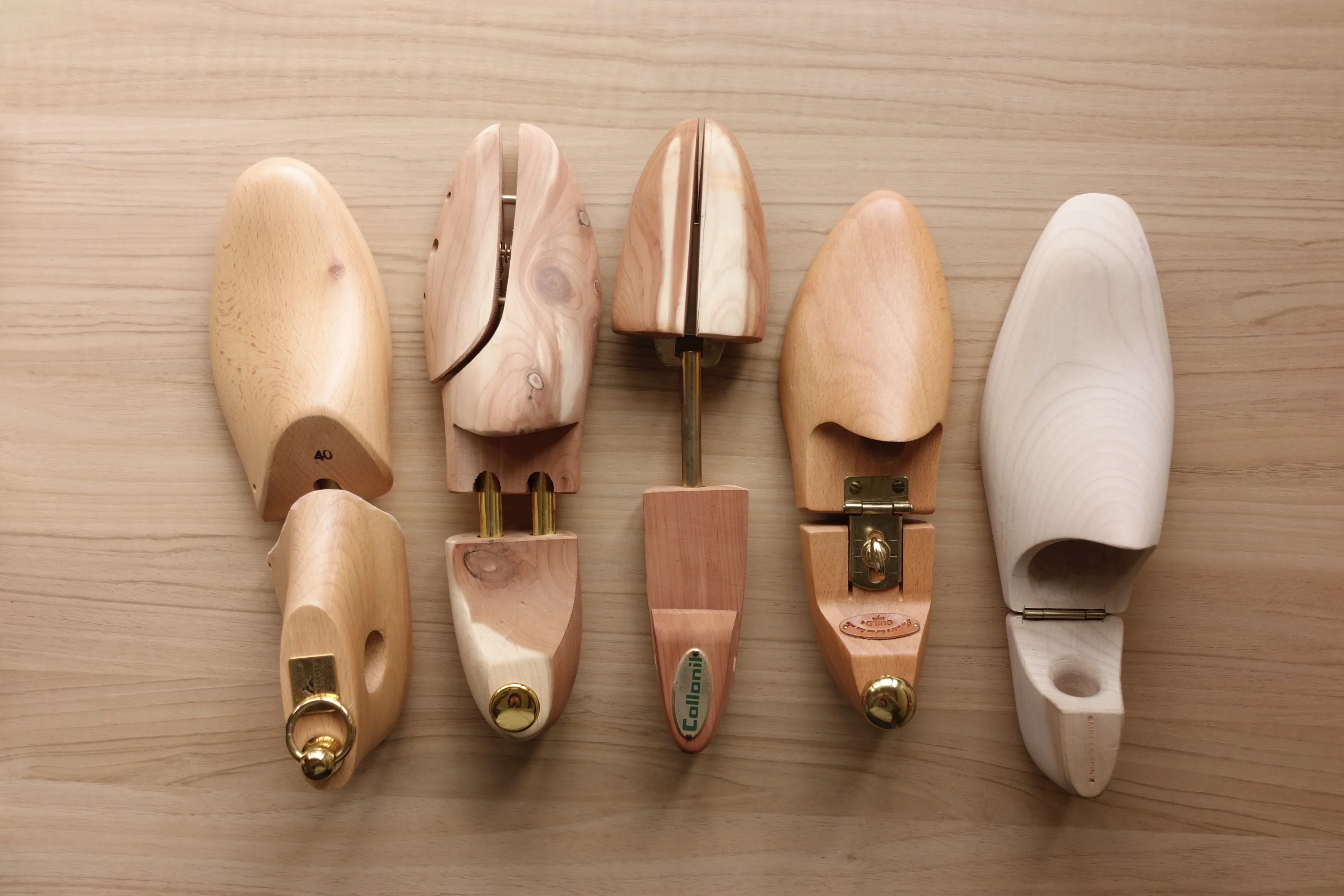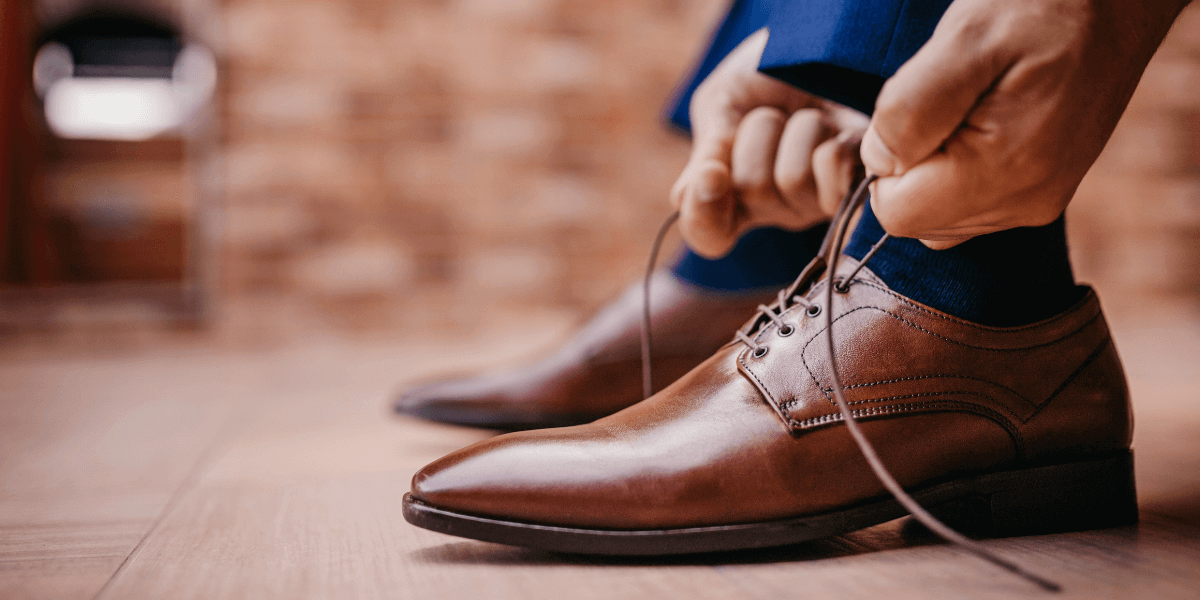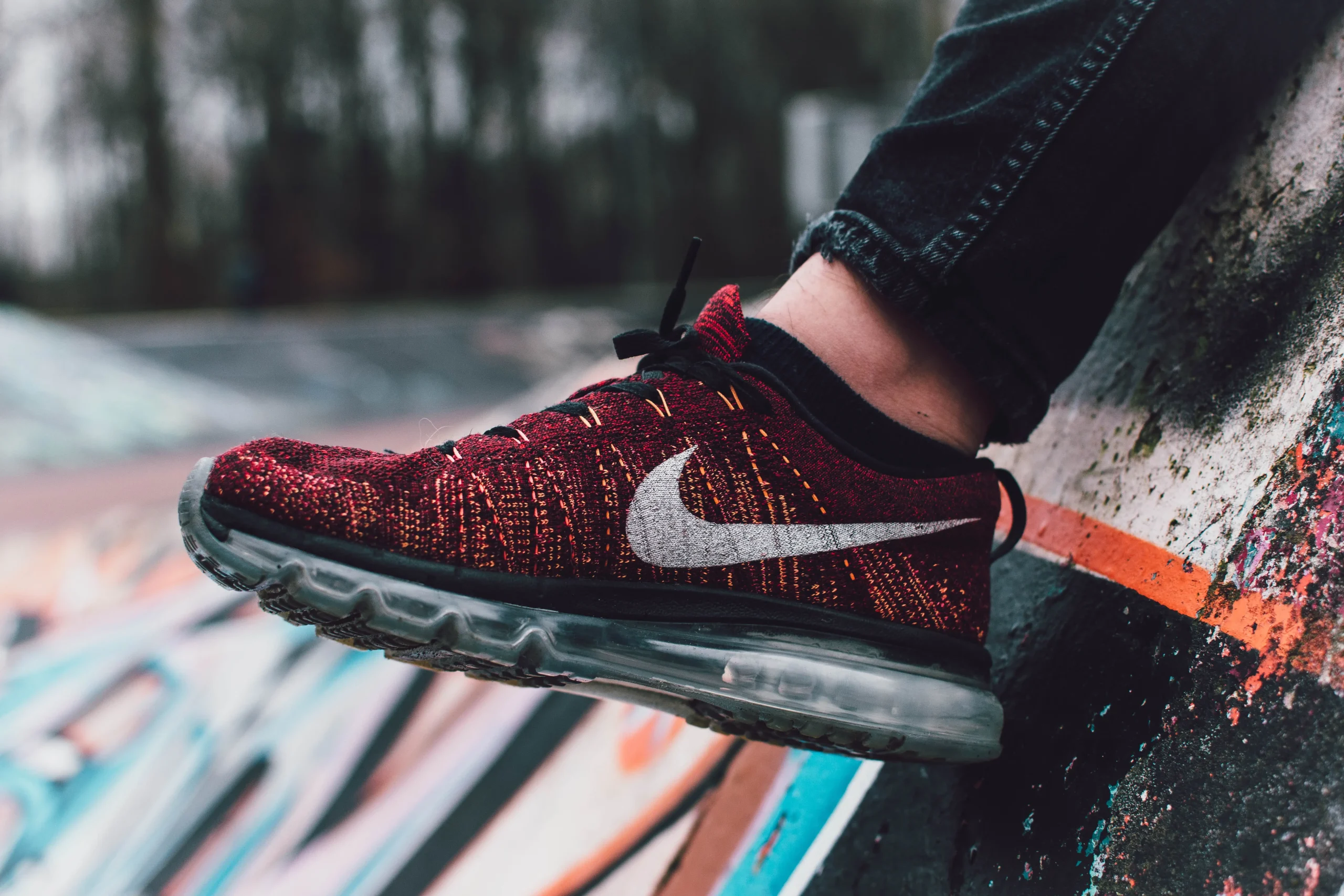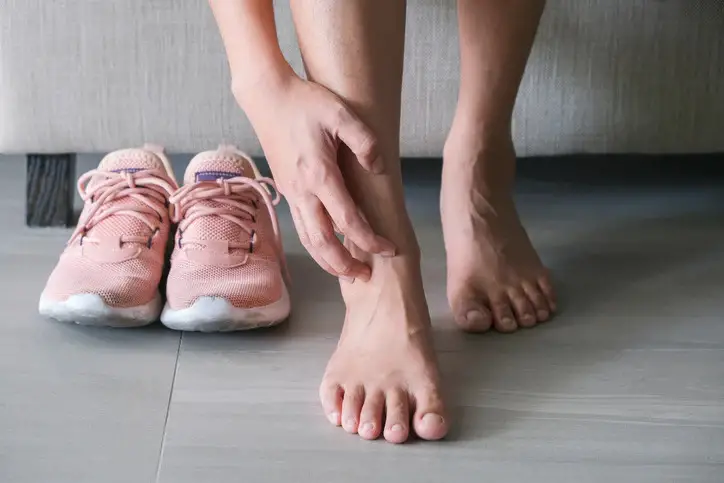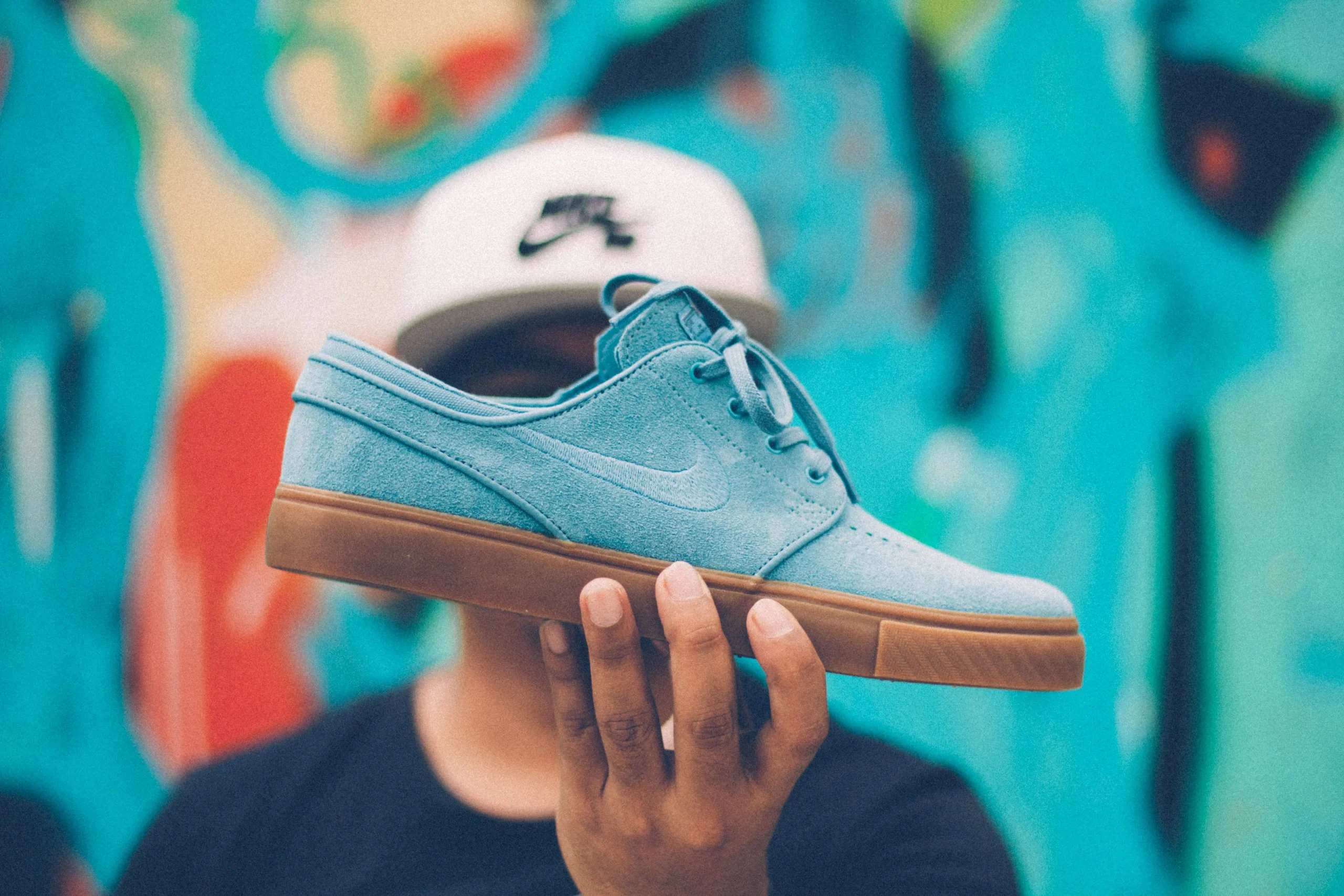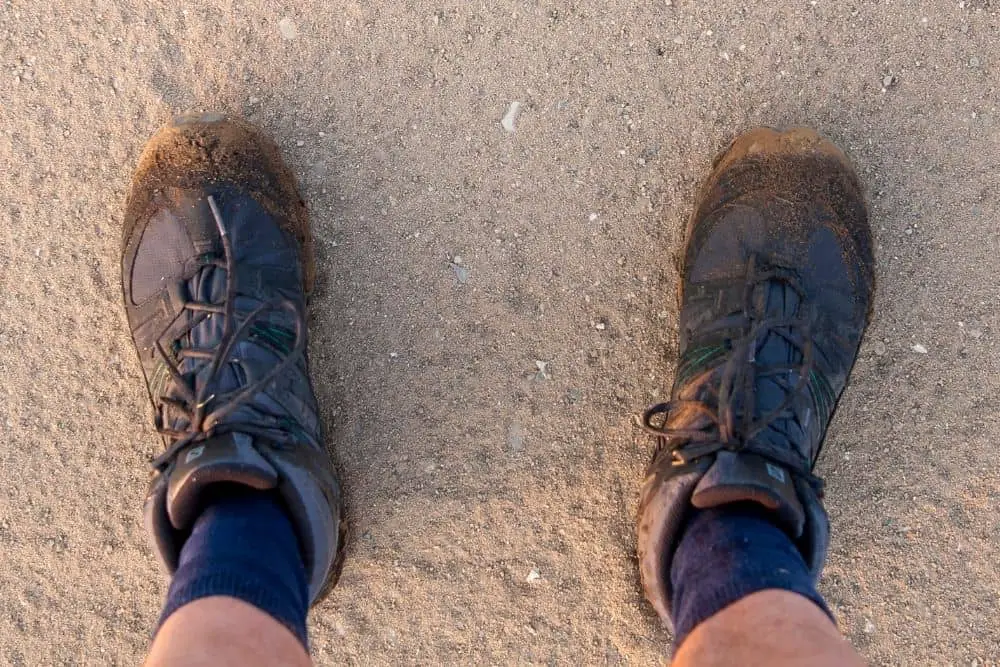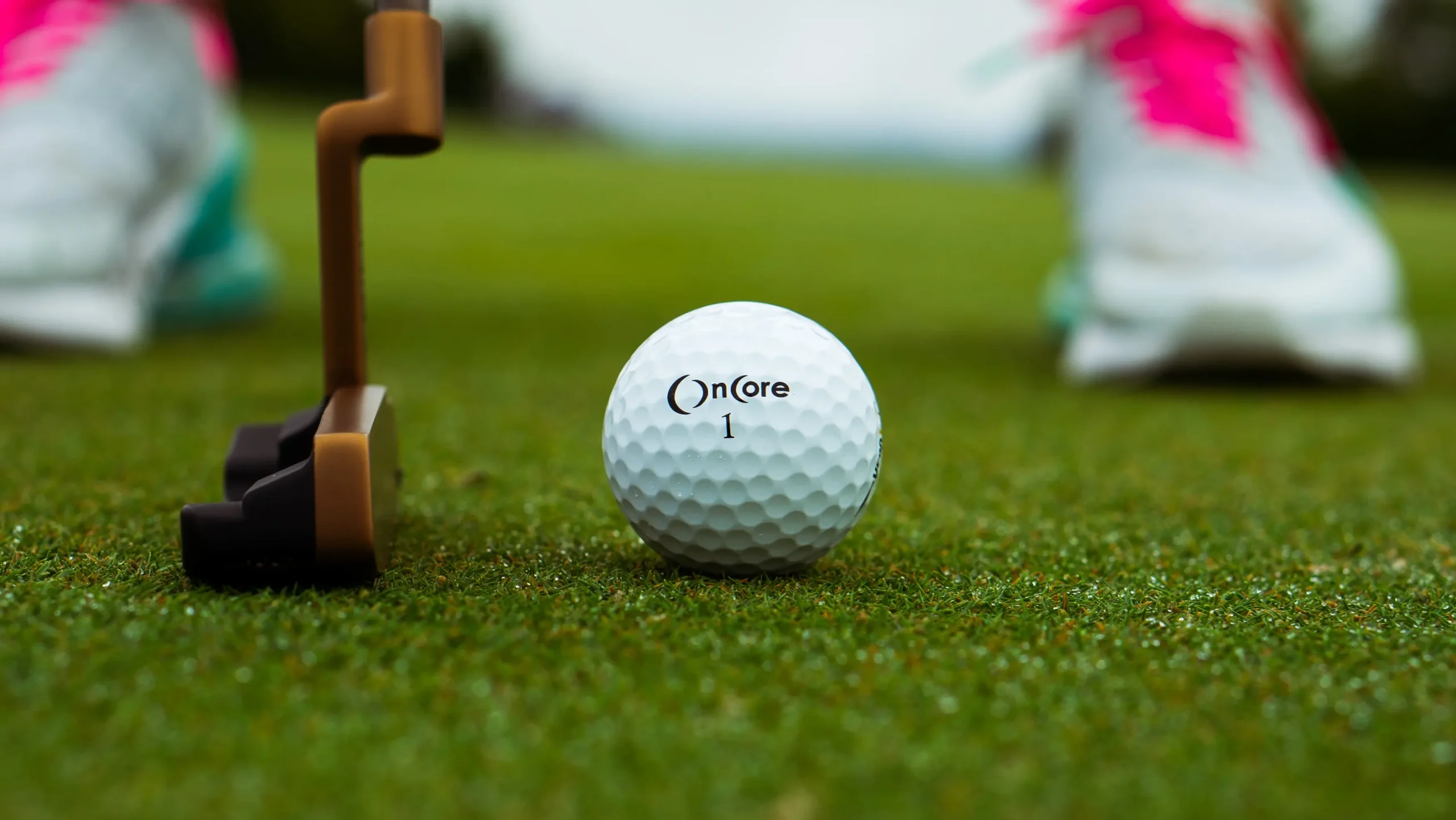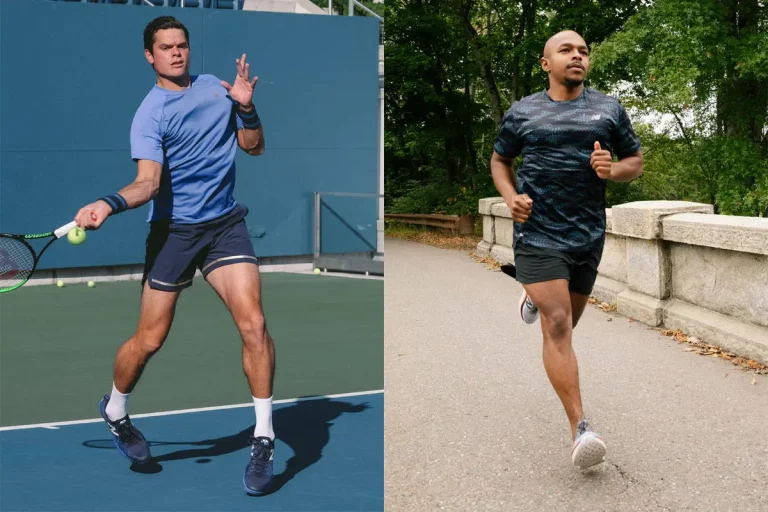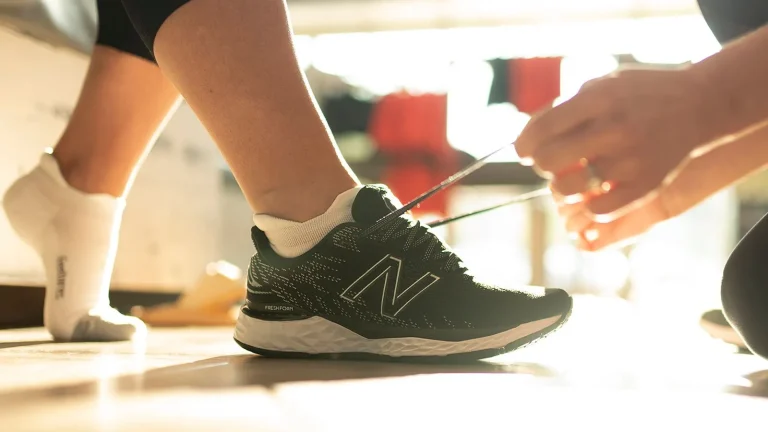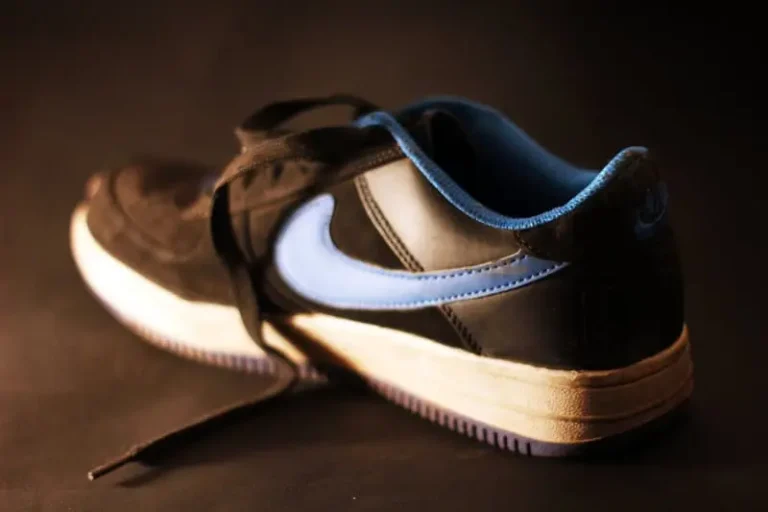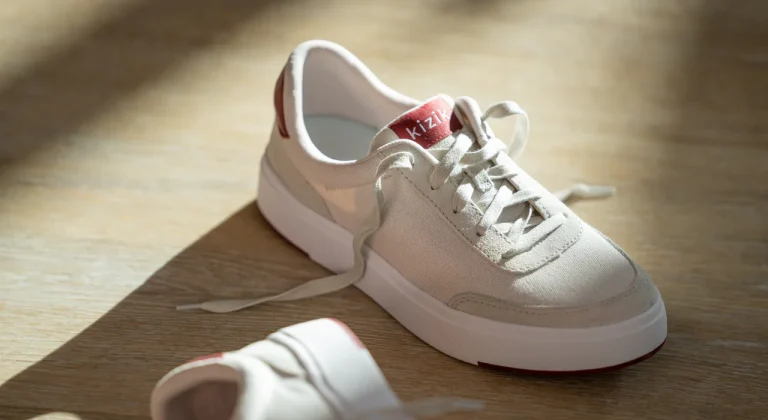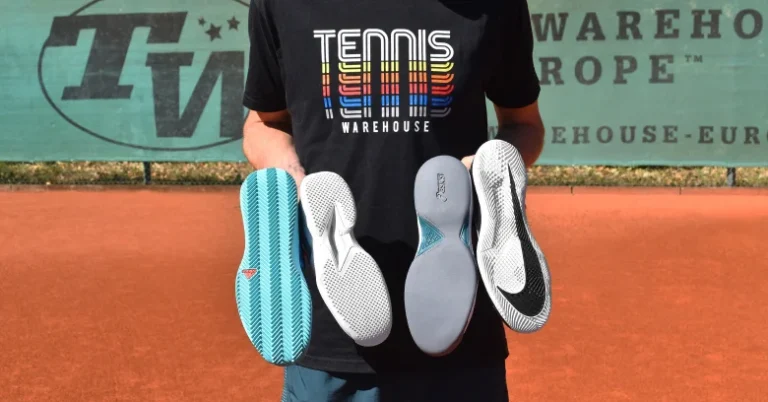How To Use Shoe Trees?
Shoe trees are an essential tool for maintaining the shape, condition, and longevity of your shoes.
They are designed to be inserted into shoes when not in use, helping to prevent creases, wrinkles, and moisture buildup.
Shoe trees come in different materials, shapes, and sizes, and can be made of cedar, plastic, or other materials.
Using shoe trees regularly can help extend the life of your shoes and keep them looking their best.
In this guide, we will explore the different types of shoe trees, their benefits, and how to use shoe trees properly.
Whether you’re a sneakerhead or a dress shoe aficionado, this guide will provide you with the knowledge and tools you need to keep your shoes in top condition.
Types of Shoe Trees
Shoe trees come in different types, materials, and shapes, each with its own benefits and drawbacks. The two most common types of shoe tree are cedar shoe tree and plastic shoes tree.
Cedar Shoe Trees
Cedar shoe trees are made of natural cedar wood and are known for their ability to absorb moisture and odor from shoes. They are also lightweight and durable, making them a popular choice among shoe enthusiasts. Cedar shoe tree are available in different shapes and sizes to fit various shoes types, including dress shoes, boots, and sneakers. They are also known for their ability to repel moths and other insects that can damage shoes.
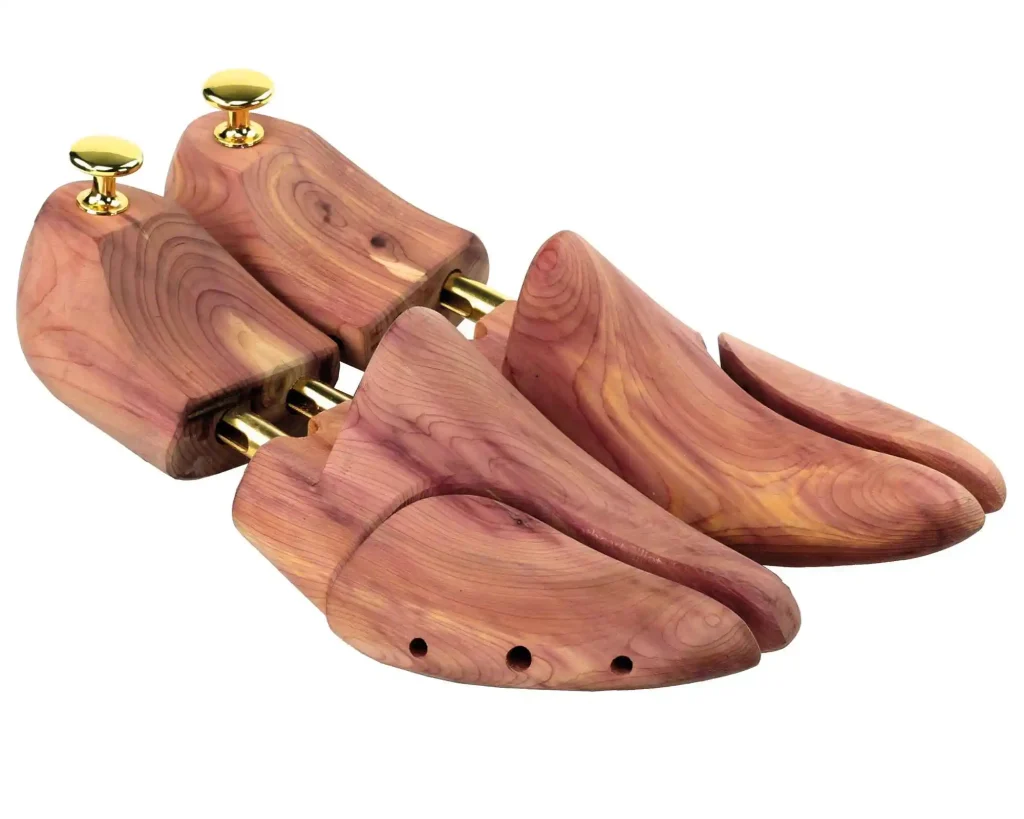
Plastic Shoe Trees
Plastic shoe trees are made of lightweight plastic and are a more affordable option compare to cedar shoe trees. They are available in different shapes and sizes to fit various shoe types and are easy to insert and remove from shoes. Plastic shoe tree are also durable and can help maintain the shape of shoes, but they do not offer the same moisture-absorbing and odor-reducing benefits as cedar shoe tree.
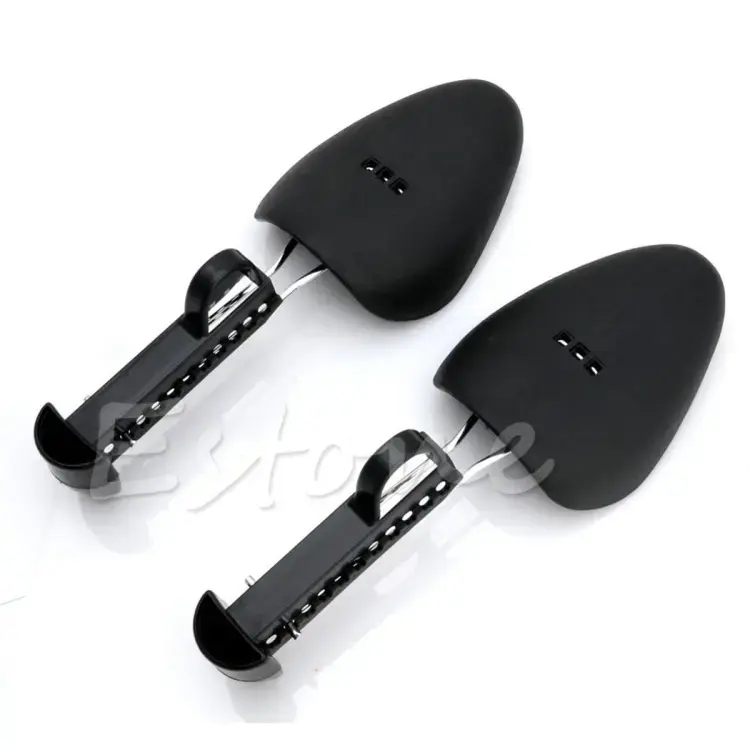
When choosing a shoe tree, consider the type of shoes you have, your budget, and your personal preferences. Cedar shoe trees are a great option for those who want to invest in high-quality shoes care, while plastic shoe tree are a more affordable option for those on a budget.
Related To: How To Fix A Hole In A Shoe
Related To: How To Cover A Shoe With Fabric
The Benefits of Using Shoe Trees:
Using shoe tree regularly can provide several benefits for your shoes, including:
Overall, using shoe tree is an important part of shoes care and maintenance. By helping to maintain the shape of your shoes, prevent creases and wrinkles, and absorb moisture and odor. Shoe tree can help extend the life of your shoes and keep them looking and feeling their best.
Related To: Best Running Shoes For Women
How to Use Shoe Trees:
Using shoe trees is a simple process that can help maintain the shape and condition of your shoes. Here are the steps to using shoe tree properly:
Inserting Shoe Trees
- Choose the right size and shape of shoe tree for your shoes. Shoe tree should fit snugly inside your shoes without stretching or damaging the leather.
- Remove any existing insoles or inserts from your shoes.
- Insert the toe end of the shoe tree into the toe box of your shoe, making sure it is centered and straight.
- Push the heel end of the shoe tree down into the heel of your shoe, making sure it is snug and secure.
Storing Shoes with Shoe Trees
- Store your shoes with the shoe tree inserted to help maintain their shape and prevent creases and wrinkles.
- Keep your shoes in a cool, dry place away from direct sunlight and heat sources.
- Avoid storing your shoes in plastic bags or containers, as this can trap moisture and cause damage to the leather.
Removing Shoe Trees
- Remove the shoe tree from your shoes before wearing them.
- Gently pull the heel end of the shoe tree out of the shoe, then remove the toe end.
- Store the shoe tree in a cool, dry place until you are ready to use them again.
By following these simple steps, you can use shoe tree to help maintain the shape and condition of your shoes.
To prevent creases and wrinkles, and absorb moisture and odor. With regular use, shoe tree can help extend the life of your shoes and keep them looking and feeling their best.
Shoe Tree Maintenance
Proper maintenance of your shoe trees is important to ensure they continue to function effectively and last for a long time. Here are some tips for maintaining your shoe tree:
Cleaning Shoe Trees
- Cedar shoe tree can be wipe down with a damp cloth to remove any dirt or debris. Avoid using harsh chemicals or cleaners, as this can damage the wood.
- Plastic shoe tree can be wash with soap and water and dried thoroughly before use.
- Combination shoe tree can be clean using a combination of the above methods.
Replacing Shoe Trees
- Over time, shoe tree can become worn or lose their effectiveness. It is important to replace them when they no longer fit properly or are no longer absorbing moisture or odor.
- Cedar shoe tree can last for several years with proper care. While plastic shoe tree may need to be replaced more frequently.
- When replacing shoes tree, consider investing in high-quality shoe tree that are made of durable materials and designed to fit your shoes properly.
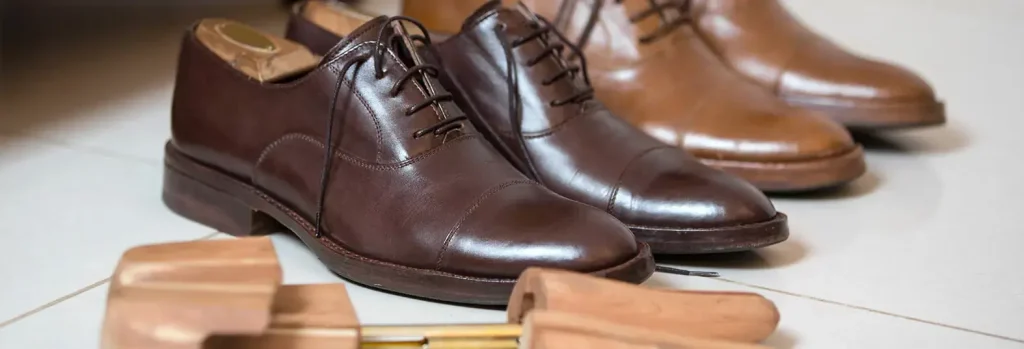
By maintaining your shoe tree properly and replacing them when necessary, you can ensure they continue to provide the benefits of maintaining the shape of your shoes, preventing creases and wrinkles, and absorbing moisture and odor.
Conclusion
In conclusion, using shoe trees is an important part of shoes care and maintenance. By helping to maintain the shape of your shoes, prevent creases and wrinkles.
And absorb moisture and odor, shoe tree can help extend the life of your shoes and keep them looking and feeling their best.
Cedar shoe tree are a popular choice for their ability to absorb moisture and odor. While plastic shoe tree are a more affordable option.
Combination shoe tree offer the benefits of both materials.

